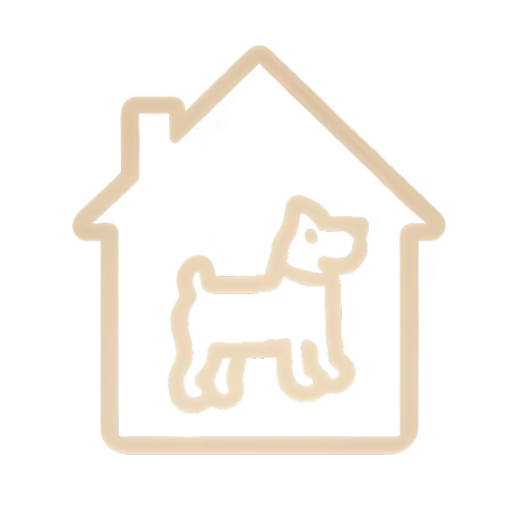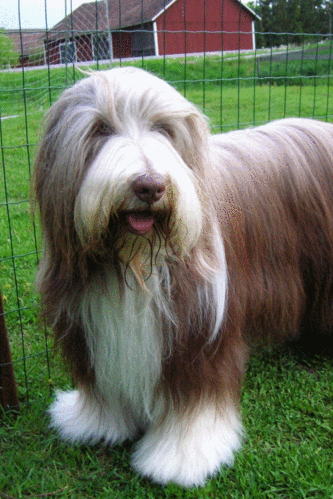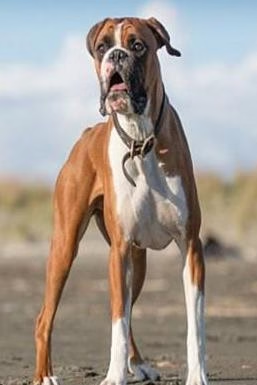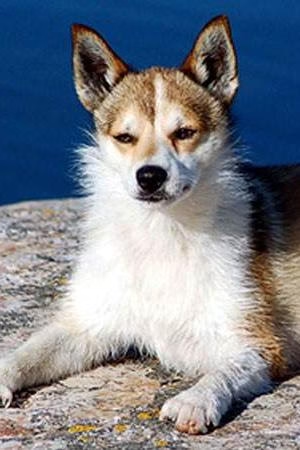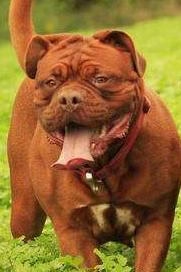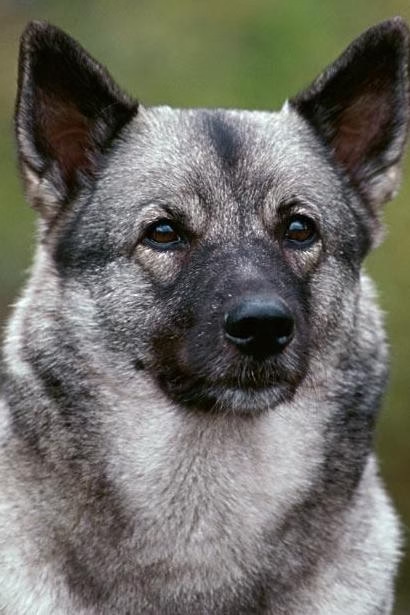Norfolk Terrier

Norfolk Terrier
Norfolk Terrier
Basic Information
- Category: Pet Dog
- Origin: England
- Body Type: Small
- Height: 25-29cm
- Hair Length: Long-haired
- Lifespan: 10-15 years
Ratings
| Trainability | ⭐️⭐️⭐️⭐️ |
| Affection Level | ⭐️⭐️⭐️ |
| Barking Level | ⭐️⭐️ |
| Shedding Level | ⭐️⭐️ |
Breed Introduction
The Norfolk Terrier is one of the native terrier breeds from Norfolk, England, characterized by its abundant prey drive, and one of the distinct features from its close relative, the Norwich Terrier, is its drooping and forward-curving ears. For a long time, it was confused with the Norwich Terrier as a single breed. The British Kennel Club recognized the Norwich Terrier in 1932, but it was not until 1964 that the Norfolk Terrier was recognized as a separate breed. Both breeds are working terriers developed on farms in East Anglia, England, and they share similarities in type, size, color, coat, and ear shape, while also having distinctions. Rather than being a toy terrier, it is more aptly described as a sporting terrier that needs at least 1.5 hours of exercise daily. Brave and bold, it is one of the smallest working terriers. It is lively and compact, with smooth movement and ample bone. Its naturally weather-resistant coat and short legs have earned it the title of ‘the perfect rascal of the fields.’ This versatile and lovable breed can chase foxes or other vermin in the wild, working either alone or in packs.
The history of the Norfolk Terrier shows a small, sturdy, alert, and bold body. It possesses a natural instinct for hunting and a mild temperament. Due to its good nature and sociability, Norfolk Terriers have the ability to adapt to various environments. At the turn of the century in England, trainer Frank used Norfolk Terriers to oversee the horses at markets such as Cambridge’s Hano Market and Norwich. Jones bred a line that was recognized by the British Kennel Club in 1932 and named it the Norwich Terrier. In earlier times, there was considerable variation in style, size, color, coat, and ear positions. There was often debate regarding the appropriate coat colors and ear positions. During the drafting of the Norwich breed standard, both drooping and erect ears were classified under the same breed; however, in 1964, the British Kennel Club recognized them as two distinct breeds: the drooping-eared Norfolk and the erect-eared Norwich. In the year the British Kennel Club divided the breeds, an article in ‘The Field’ stated: ‘There is basically nothing new about the Norfolk, it’s just a name,’ registering the name for usage.
The terriers bred in Eastern countries are mainly grey-yellow, red, and other colors such as black, brown, and grey-white. They have well-developed ribcages and short legs, and originate from a recognized hunting terrier lineage. They are famous for their rat-catching abilities. In America, those reminiscing about the ‘roaring twenties’ still refer to the Norwich as Jones’ Terrier long after the death of Frank Jones. Many Americans bought their second small red terrier from Jones abroad. In 1936, through the efforts of Gordon Massoy (who registered the first Norwich Terrier in America) and then AKC Vice-President Henry Binby, the Norwich was recognized as a breed by the AKC. They remained one breed until 1979 when they were officially divided by ear position. Now, drooping ears are associated with the Norfolk Terrier, while erect ears still belong to the Norwich Terrier. To the naked eye, these two breeds have distinct differences, leading to slightly different breed standards. Since their separation, successful breeding of both breeds has continued.
